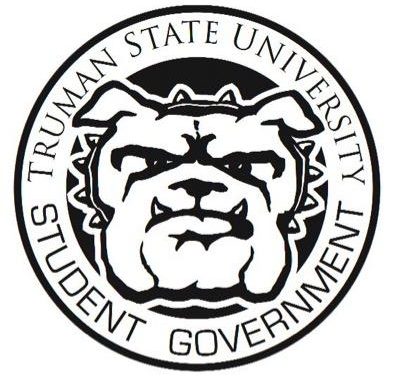
The Campus Diversity and Environmental Affairs Committees of Truman State University’s Student Government organized an event on Nov. 6 showing the film “Awake, A Dream From Standing Rock.” The film depicts the nonviolent protests against the construction of the Dakota Access Pipeline. Directed by Indigenous filmmakers, the film offers a different perspective on the protests that captured the public’s attention in 2016 and 2017. The showing of the film was a joint project between the Diversity Committee and the Environmental Affairs Committee.
The Diversity Committee passed a resolution last spring that describes Indigenous land acknowledgement as a way to recognize the history and culture of Indigenous people that were forcibly removed from Missouri. Shania Montufar, the chair of the Diversity Committee, explained that the resolution encouraged the body to continue to create programming about Indigenous issues.
“The movie showing was a continuation of that work,” Montufar said. “We also set out to collaborate with the Environmental Affairs Committee in order to promote discussion about critical environmental justice issues.”
This focus on collaboration led Ethan Kershaw, the chair of the Environmental Affairs Committee, to join the project. Together, they sought to bring awareness to environmental justice and how it intersects with social justice.
One of the main reasons why the film was chosen was because it was filmed by Indigenous filmmakers. The protests at Standing Rock were covered extensively in the media, but little representation was given to how Indigenous peoples interpreted the event. “Awake, A Dream From Standing Rock” allows the viewer to experience the protests from the perspective of the Indigenous people that were in North Dakota protesting the DAPL. Montufar and Kershaw said they also decided upon this film because they thought Indigenous issues were not raised often enough at Truman State University.
The event took place in the SUB Georgian Rooms. The organizers took precautions for COVID-19, keeping chairs six feet apart and including the option to attend via Zoom. In accordance with campus policy, masks were mandatory for all attendees.
After the showing of the film, the committee chairs decided to include a discussion.
“It adds more to it than just having people watch the film, go home and digest it on their own,” Kershaw said. “It leads to more interaction between students.”
Montufar echoed this sentiment about how discussions aid students’ understanding and engagement, stating that it helps connect topics back to the campus and community. Her previous experience hosting events similar to the film showing have proved that discussions can be beneficial. The discussion questions were created in collaboration with Anton Daughters, associate professor of anthropology.
The discussion was filled with lively interactions that included what Truman can do to improve its stance on Indigenous issues. The discussion also included how to include a diversity of majors in the fight for environmental justice, rather than just having political science and biology majors. Overall, both chairs said they felt that the event went well. They were pleased with the nice turnout in person as well as online, along with the engaging discussion that followed.
